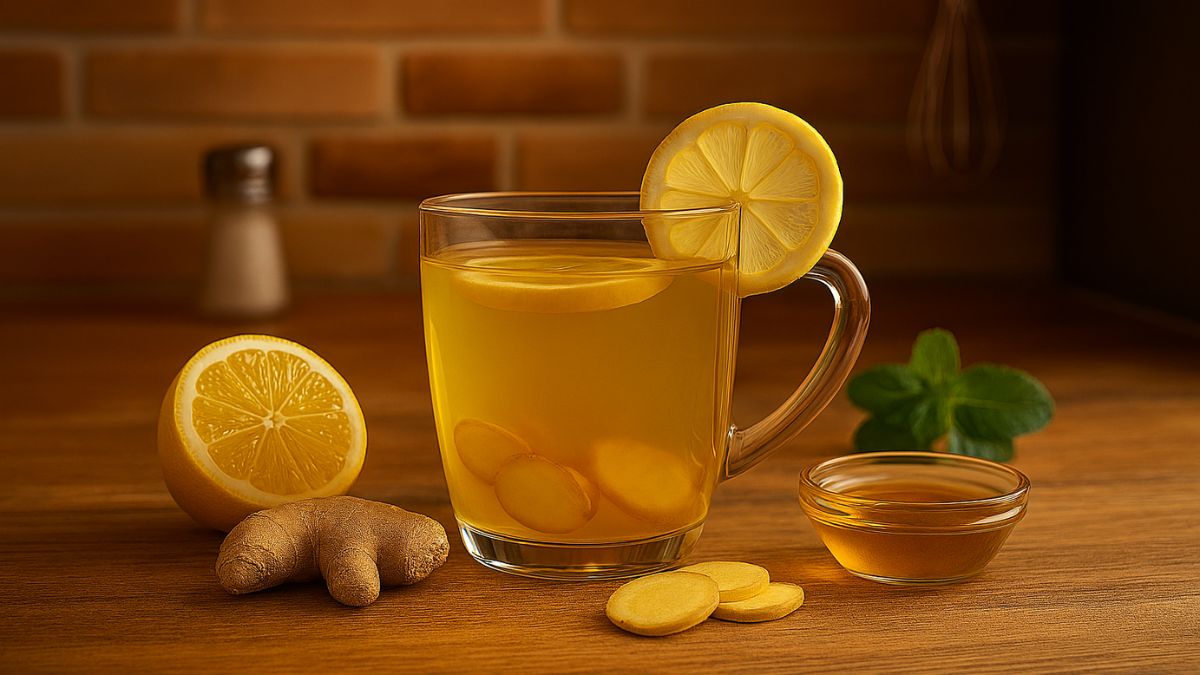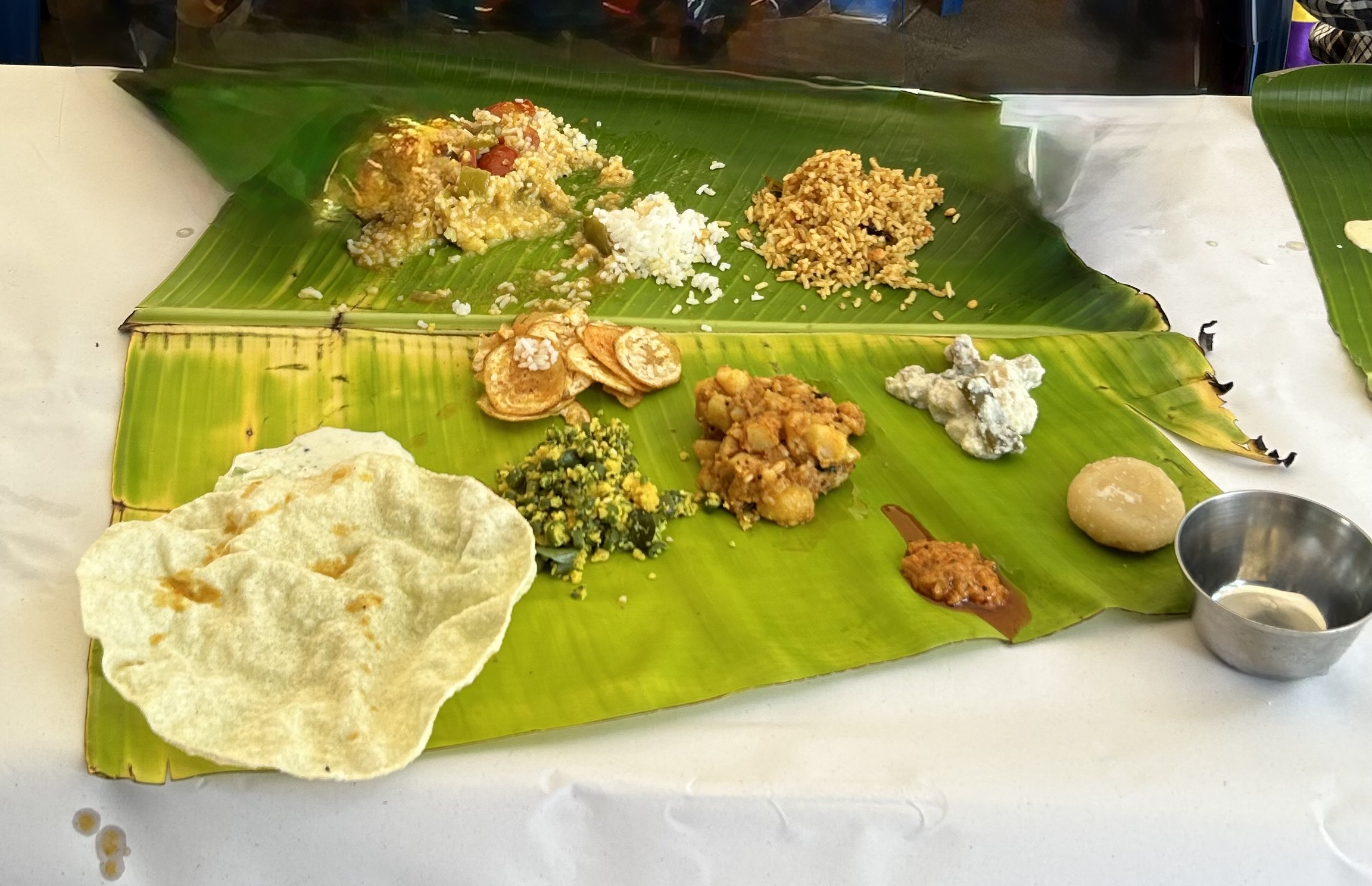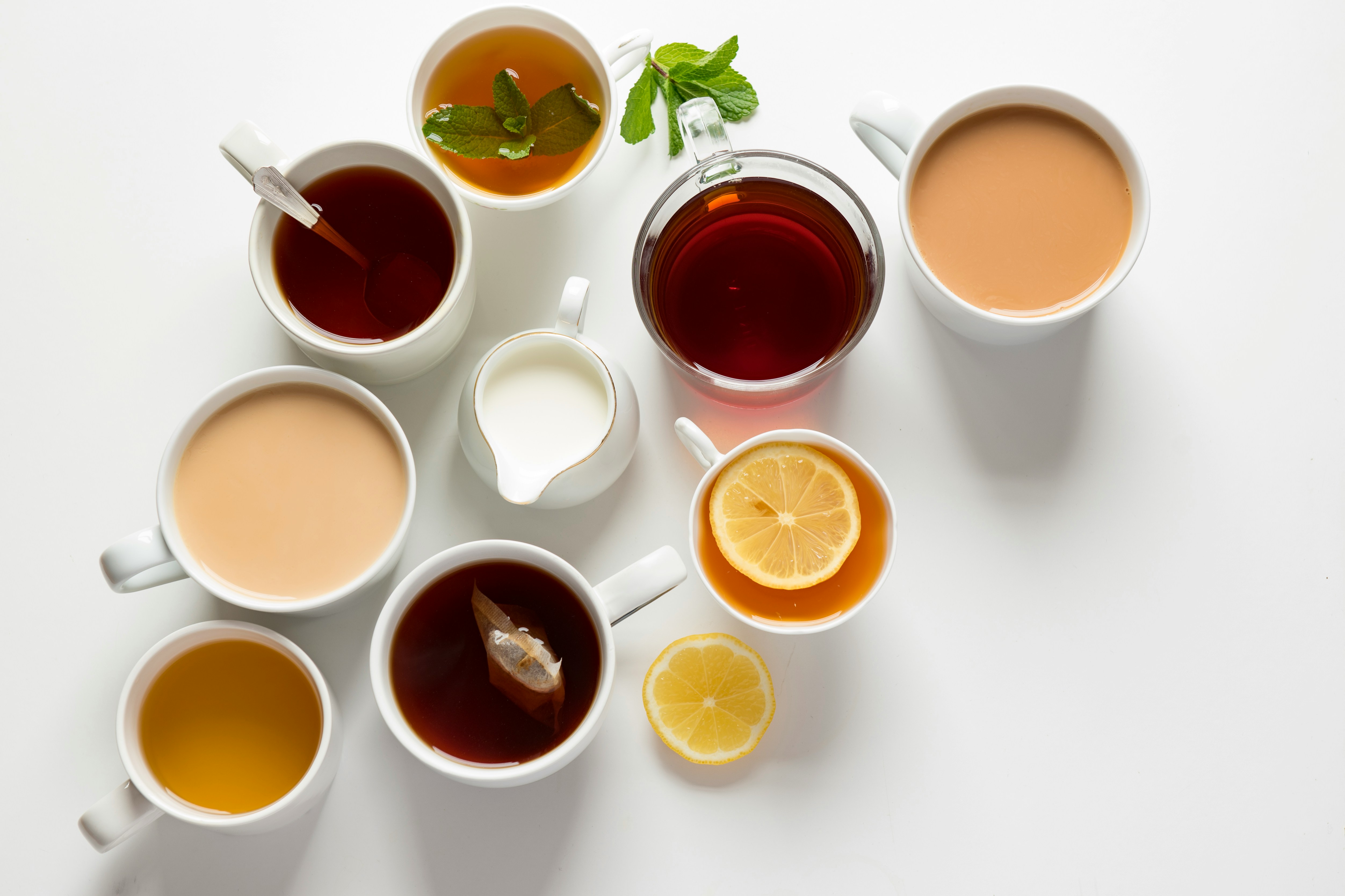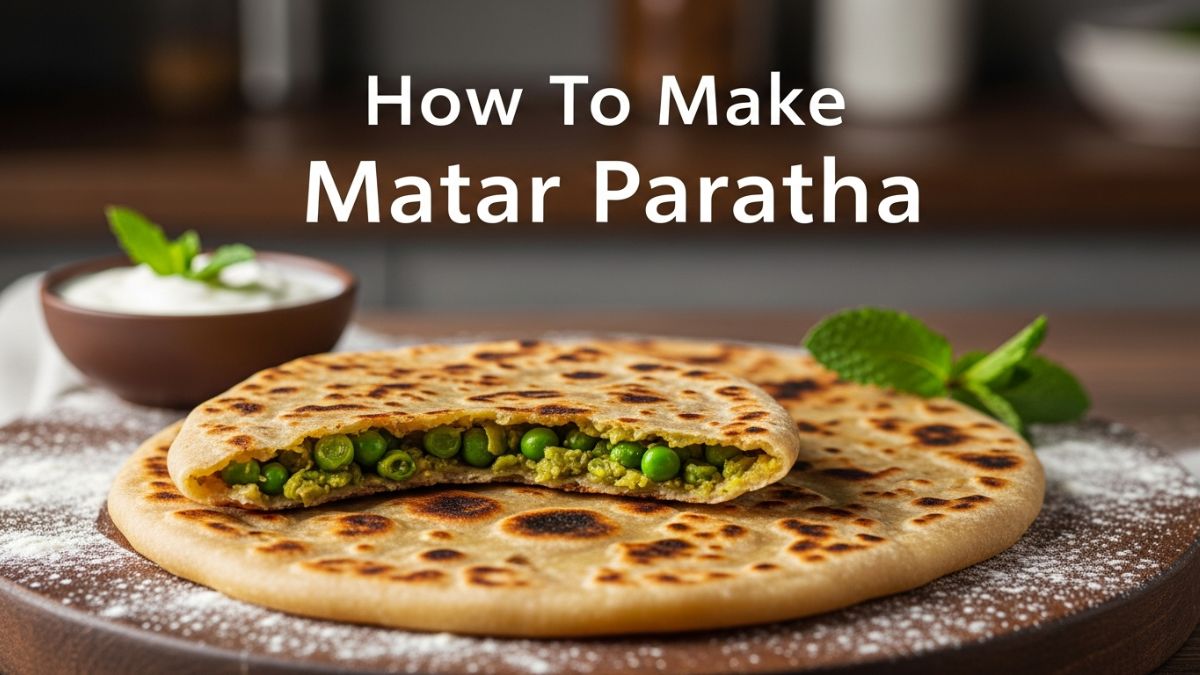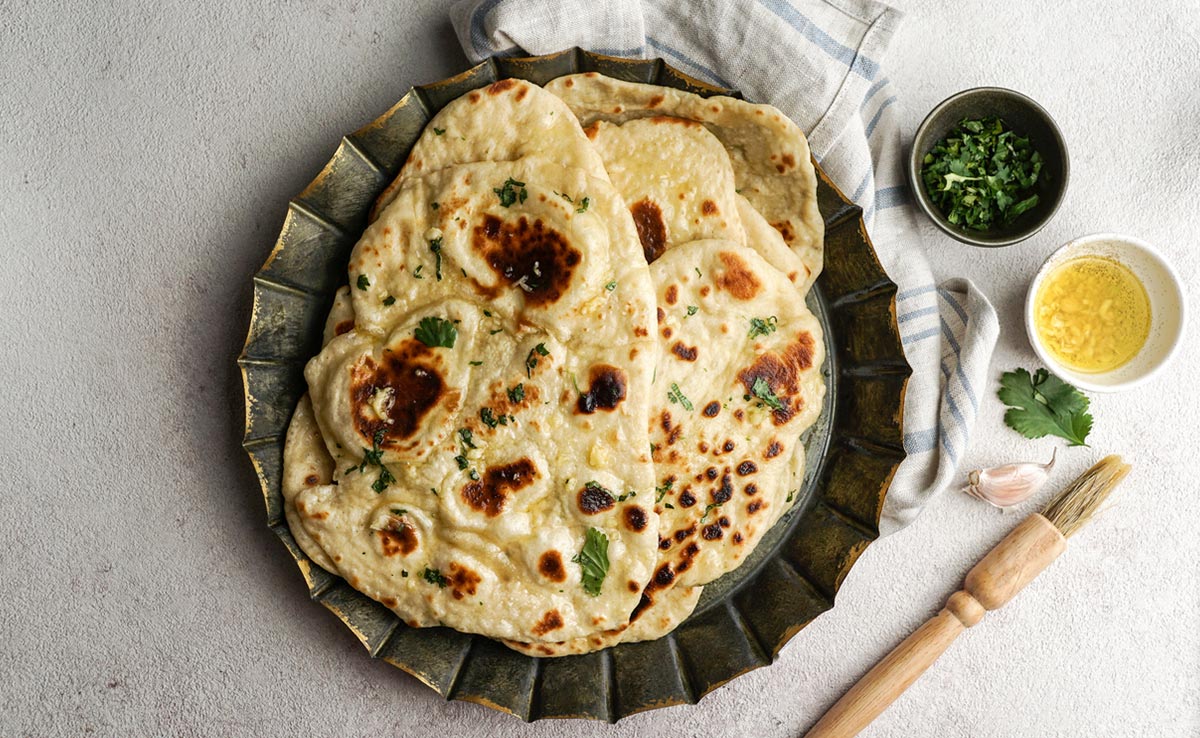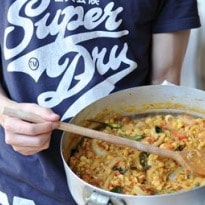Dhal, the Indian staple made from split pulses, is healthy, tasty and very cheap, too. It's also easy to make, so what's stopping you? Parents could think of it as a gift they could give their children before they leave home
If I can pass on one useful thing to my children before they head off to college, it will be a good recipe for dhal. More than any other single dish, dhal pulls off the culinary hat- trick of being healthy, delicious and fantastically cheap.
The word itself is derived from the Sanskrit "to split", and refers to the split lentils and other pulses from which it is made. If you can split it, someone, somewhere will be making a dhal out of it. From Pakistan to Bangladesh, from Sri Lanka to the West Indies, red lentils, green lentils, split peas, mung beans, kidney beans, chick peas and others are being turned into dhals.
A good dhal recipe is like a good knife - every good cook carries one and each prizes their own for different reasons. The only thing they have in common is the split pulses and the pungent fried spices, (sometimes with onion, garlic and ginger) added near the end of cooking to give a strong punch of flavour.
One of my happiest food memories is of eating a black dhal (made with the dark unskinned "urad" lentil) before sunrise in Pakistan during Ramadan - rich and spicy and thickened with heavy ladles of butter or "ghee" to fill you up for the day. In Sri Lanka they make a lightly scented dhal with red "masoor" lentils enriched with coconut milk. In Guyana they make it with yellow split peas and like it runny as a soup, flavoured with burnt garlic and toasted cumin.
The recipe we have given below is a delicious everyday dhal, but you should experiment. If I had known about it as a student, I would have happily eaten it with rice every day. Hell, I would today.
Dhal
Serve this with rice or bread as a simple supper. We have used chana dhal, an Indian chickpea, used most often to make dhal in India. You can use yellow split peas instead (the two are often confused). Split peas will give a slightly smoother dhal. Or you can experiment with any other kind of lentil. If you can't find fresh curry leaves, you can use frozen or dried ones.
Prep time 15 minutes
Cooking time 45 minutes
150g dried chana dhal or chickpeas soaked overnight in cold water
500ml water
Salt and black pepper
1 tbsp sunflower oil
1 tbsp mustard seeds
½ tbsp cumin seeds
A pinch of ground turmeric
10 curry leaves
1 onion, sliced
5 green chillies, sliced
3 garlic cloves, crushed
1 tsp garam masala
3 large tomatoes, chopped
To serve (optional)
Juice of ½ a lemon
Fresh coriander, chopped
1 Drain the soaked split peas, then rinse and place in a large pan. Pour the 500ml of water over, bring to the boil, then reduce the heat and simmer for about 30 minutes, or until the peas are very soft. Season well.
2 Heat the oil in a large pan. Add the spices and curry leaves and fry over a medium heat until the mustard seeds start to pop.
3 Quickly add the onion, chillies and garlic and stir well. Cook for another 3 minutes, then add the garam masala.
4 Mix well, and then tip into the cooked dhal with the tomatoes. Bring to a simmer and cook for a further 10 minutes, adding more water if the mixture becomes too thick. Season well.
5 Take off the heat. Season. Add the lemon juice and coriander.
Recipe by Jane Baxter
What else you can do with dhal
• You can add vegetables to the dhal to add texture and flavour and create a more substantial vegetable curry. Try blanching (in boiling water) or roasting a mixture of cauliflower and broccoli florets and stirring them in at the end. French beans, spinach and asparagus also work well.
• Top with a poached egg. Or even better, a fried egg with crispy edges. And maybe put some crisp fried onions on top of that. And serve with chilli sauce. For breakfast.
• Make a paratha-style flatbread. Finely slice an onion and some green chilli and mix it with the dhal and enough gram or wholemeal flour to make a dough. This can be quite firm. Wrap it in clingfilm and chill it in the fridge overnight. Roll it out into roughly shaped flatbreads and cook on both sides in a nonstick pan. Serve with yoghurt and pickle, or with curry.
• Alternatively you could try making dhal balls. These are a little like the Italian arrancini, made by deep-frying leftover risotto. Mix the leftover dhal with some gram or wholemeal flour, diced tomatoes, diced onion, and diced green chilli. Just enough flour so that it is firm enough to roll into little balls the size of a large marble. Shallow fry these in a pan and serve with yoghurt, some kind of indian pickle or chutney, and fresh coriander as a starter or light supper. I have had them in India for breakfast. If you want to be really adventurous, you can try stuffing these balls with cottage or feta cheese.
• Butter two slices of bread and sandwich cold leftover dhal between them. Toast in a toasted sandwich maker. This is what our friend Bob does. It is delicious.
Henry Dimbleby is co-founder of the natural fast-food restaurant chain Leon (@henry_leon). Get your kids cooking at cook5.co.uk
Photo: Easy to make and cheap to boot: have a go at making dhal this weekend. Photography: Jill Mead for the Guardian
